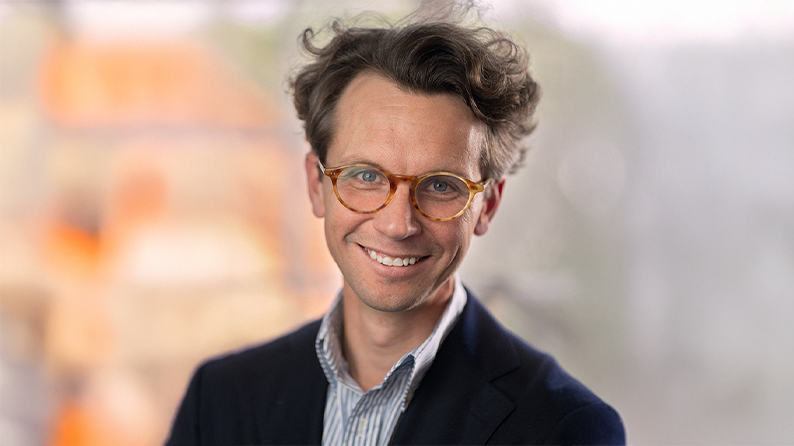KTH participates in international collaboration with MIT

Professor Fredrik Viklund from the Department of Mathematics at KTH is among the participants in the newly established Simons Collaboration on Probabilistic Paths to Quantum Field Theory. The goal is to use advanced probability theory to develop a mathematical foundation for quantum field theory – a theory that describes how particles and forces interact.
“I am honored and enthusiastic to begin this collaboration. The hope is that we can contribute to significant advances in mathematics and physics,” says Professor Fredrik Viklund.
The initiative includes a range of academic activities such as workshops, summer schools, and extended programs. Viklund traces his passion for mathematics back to his early school years.
“I was especially drawn to the universality of mathematics in nature — how it forms the foundation of all other natural sciences,” he explains.
Viklund will contribute with his expertise in analysis, probability theory, and stochastic geometry. In physics, it contributes to the understanding of quantum field theories and critical phenomena. In the longer term, the methods and models also have potential applications in other areas such as materials science to describe growth processes such as crystal formation.
The collaboration is led by the Massachusetts Institute of Technology (MIT) and involves researchers from several other top universities. It is funded with up to 2 million USD annually, through a grant from Simons Foundation International.
Our master's programme in Engineering Physics offers you an insight into the latest research on quantum physics, giving you the opportunity to help develop technologies for the future.
Text: Jelina Khoo
